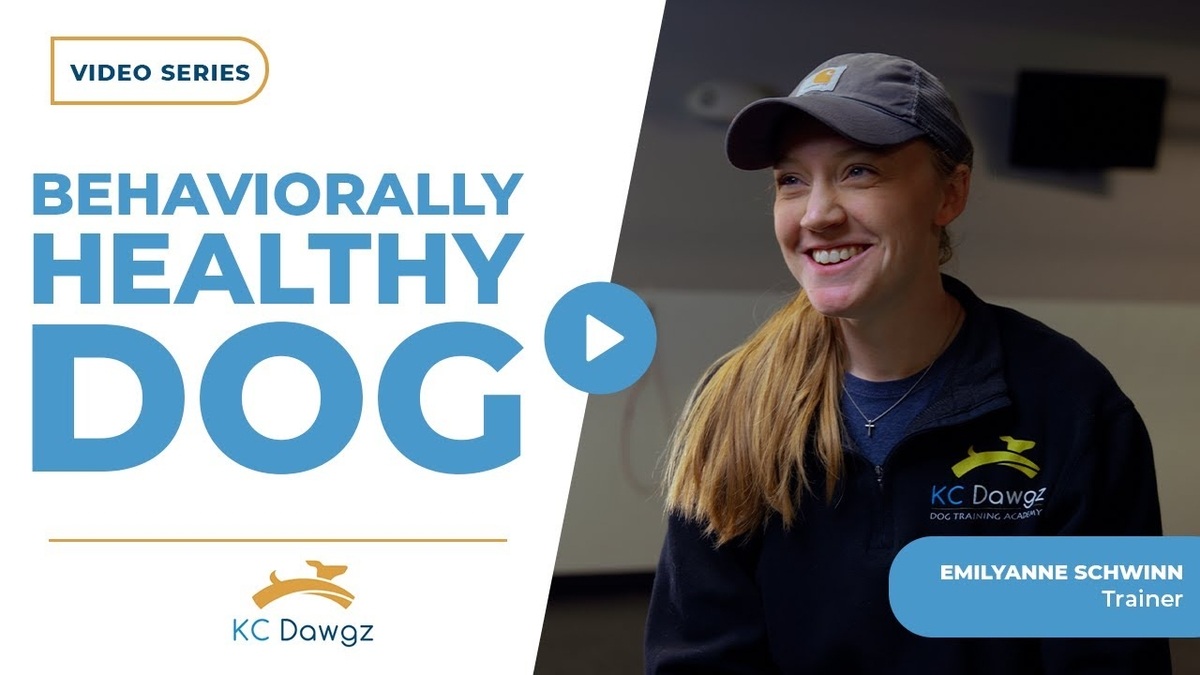The moment your new puppy or rescue dog steps into your home, they’re already learning from you. Every interaction, whether intentional or not, is shaping their understanding of acceptable behavior. But when is the best time to start formal obedience training? Is it ever too late?
At KC Dawgz, we believe that training should start the moment your dog joins your family. Whether you’re working with an energetic puppy or an older dog with ingrained habits, the right training techniques can make all the difference.
Why Start Obedience Training Early?
The best age to start obedience training for your dog is as soon as they join your home. Early training provides your dog with a foundation for good behavior, helping them understand what’s expected and building habits that last a lifetime. Puppies, in particular, are like sponges, absorbing information and learning from every experience.
Benefits of Early Training:
- Stability: Early training helps create a sense of stability and structure.
- Clarity: Dogs learn what behaviors are acceptable and what are not.
- Stronger Bond: Training builds trust and strengthens the relationship between you and your dog.
If you’re bringing home a puppy, start with simple techniques that shape their natural behaviors into positive habits.
Training Techniques for Puppies
When working with puppies, we focus on shaping the behaviors we want and ignoring those we don’t. For instance, carry some treats with you while your puppy is in the house, preferably on a leash. Reward behaviors like sitting, lying down, or settling quietly. This positive reinforcement approach helps puppies associate good behavior with rewards.
Example Techniques:
- Reward Engagement: If your puppy barks at the mailman but looks at you when called, use a treat to reward their attention and disengagement from the trigger.
- Redirect Negative Behavior: If your puppy jumps on you, turn your back or step on their leash. When they settle, reward them with a treat and praise.
By focusing on positive reinforcement, you’re setting your puppy up for success while keeping training sessions fun and engaging.
Training Techniques for Adult Dogs
While puppies thrive on positive reinforcement, training an adult dog may require some corrective methods to address established behaviors. For example, if your dog jumps on guests, use a firm “no” marker and redirect them to a more appropriate behavior.
Adjustments for Adult Dogs:
- Use clear markers like “no” to communicate unwanted behaviors.
- Focus on consistency and repetition to reshape habits.
- Incorporate corrections sparingly and combine them with positive reinforcement to encourage desired actions.
Every dog is different, but with the right techniques and consistency, adult dogs can learn just as effectively as puppies.
Importance of Consistency in Training
Dogs are habitual creatures, and consistency is key to their learning process. From the very first day, set clear boundaries for behaviors you don’t want, like jumping, counter-surfing, or nipping. By enforcing these rules early and consistently, your dog will understand what is acceptable.
Tips for Consistency:
- Be Firm: If you don’t want your dog on furniture, don’t allow it even once.
- Repetition: Practice commands regularly to reinforce learning.
- Reward Progress: Celebrate small wins to keep training positive.
Consistency ensures your dog doesn’t get mixed signals, making it easier for them to develop good habits.
Building a Strong Relationship Through Training
Training isn’t just about teaching commands; it’s also about building trust and a strong bond with your dog. Think of it as creating a positive work environment for your pet. Just like employees don’t want to work for a bad manager, dogs won’t enjoy working for an owner they don’t trust.
Strengthen Your Bond:
- Use positive motivators like treats and verbal praise.
- Spend quality time with your dog outside of training sessions.
- Be patient and kind; your dog will mirror your attitude.
A solid relationship makes obedience training more effective and enjoyable for both of you.
Long-Term Benefits of Starting Early
Starting obedience training early provides lifelong benefits for both you and your dog. Well-trained dogs are less likely to develop problem behaviors and more likely to thrive in various environments. They’ll also be more confident and secure, knowing what’s expected of them.
Benefits at a Glance:
- Better behavior in social settings.
- Easier management of common triggers.
- A stronger and more trusting relationship.
Whether you’re starting with a puppy or retraining an adult dog, the investment you make now will pay off for years to come.
In Summary
The best age to start obedience training for your dog is as soon as they join your family. Whether you have a puppy eager to learn or an older dog in need of redirection, early and consistent training is key to success. At KC Dawgz, we’re passionate about helping dogs and their owners build strong, positive relationships through effective training techniques.
Contact us today to learn how we can help with obedience training for your dog. Let’s work together to create a happy, well-behaved pet you can enjoy for years to come.




